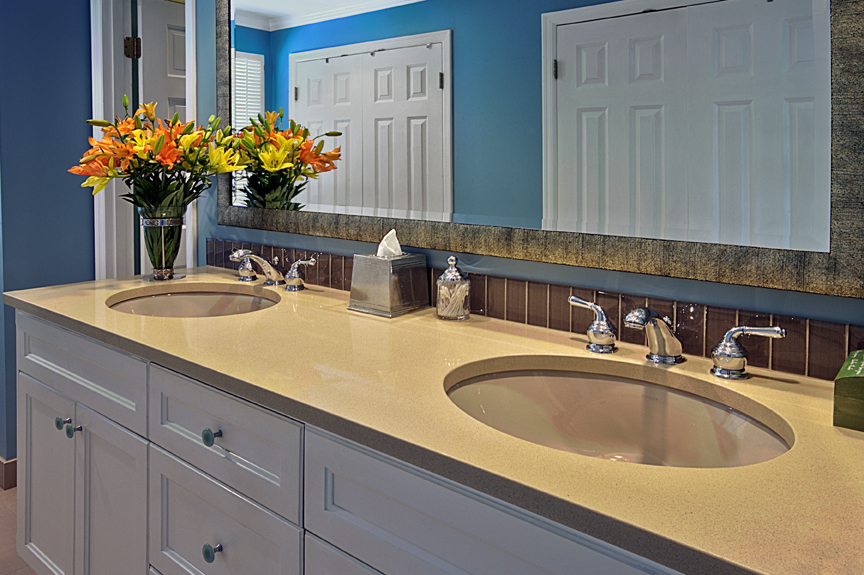DIY: Bathroom Remodel Cost Estimate
Bathroom remodeling is one of the most common home improvement projects an average home owner will undergo. The cost of the bathroom remodel varies substantially from project to project. In this article I will give you the basic knowledge for you to be able to get a good idea on what your bathroom remodel will cost you.

Scope of work.
The key to an efficient project is well defined scope of work. Clearly define the tasks you are going to perform. After you’ve identified your major tasks don’t forget to drill down each individual task to see what are the hidden costs of performing those tasks from start to finish. For example:
If you want to convert your plastic shower surround into tile tub surround think about all the tasks that must be performed before the tile can actually be installed. You must first remove your existing surround. Depending on the surround itself you may have drywall installed behind it. In that case it’s a good idea to remove the drywall as well.
Don’t forget to calculate the cost of the tile substrate (the material that you are going to install on to your wall studs that will hold your tile). Budget for a water proofing material to coat your shower walls with before you can install tile. Don’t forget to budget for tile adhesive and tile grout. Remember that you will most likely have to repair or blend in your drywall-to-tile transitions, so budget for drywall repair accordingly. Don’t forget any tools you may need that you don’t have.
An average homeowner does not have a wet saw or a powerful mixer drill to cut tile and mix adhesive with, so budget accordingly for the rental fees. Hand tools required to set tile are not very expansive, but if you don’t have any the cost of buying them will add up quickly. Sponges, buckets, notch trowels, margin trowels, speed squares, razor blades will all add up. All small and a cheap items left out such as a pack of drywall screws, or a tube of caulk will add up at the end to a noticeable dollar amount.
Material cost and availability
Put together a list of all materials and tools that you must buy/rent based on the scope of work that you have identified. Take all needed measurements, and derive your material quantities based on that. Don’t forget to add 10% for “errors”, cuts, breakage and wastage to the total cost of all materials for a good idea on you total out of the pocket cost for the project.
After you have the material lists with their quantities call or visit your local home improvement stores to check availability. One thing you don’t want to happen is to have your bathroom demoed just to find out that the tile you’ve selected is on the back order for the next two weeks.
Prep work
Pretty self-explanatory. Bathroom remodeling is a dirty and dusty project. Select your staging area. This is where you are going to be cutting your tile, mixing your thinset mortar etc. Install plastic on floor protecting your shortest/quickest rout to the project area. Carpet Shield ™ works best for masking your floors, but it’s not as cheap as heavy painters plastic. Once again – don’t forget to budget for your masking materials and tools.
You’ll need some plastic, blue tape, cardboard and drop cloths. Before you can start remodeling your bathroom remove all of it’s contents into your guest bathroom (if available), for no matter how small the project that you have in mind might be – it will be dirty and dusty. Have all of your material ready/standing by before you start your bathroom remodel project.
Clean up and disposal of construction debris
Don’t forget to budget for your garbage disposal. If you don’t have a pick up truck or a station wagon, consider asking friends to give you a hand if they do. Put everything you can in in the 43 gallon contractor clean up bags, and set it all together, so you can take it all out in one efficient trip or two.
Remember, things very rarely go 100% according to your plan. Be prepared to address problems as you discover them during your remodeling project. Set aside 15% of the total cost of the project as an “unexpected repairs” fund as a good measure. Also don’t forget that if things do come up addressing them quickly and decisively will save you both time and money.
